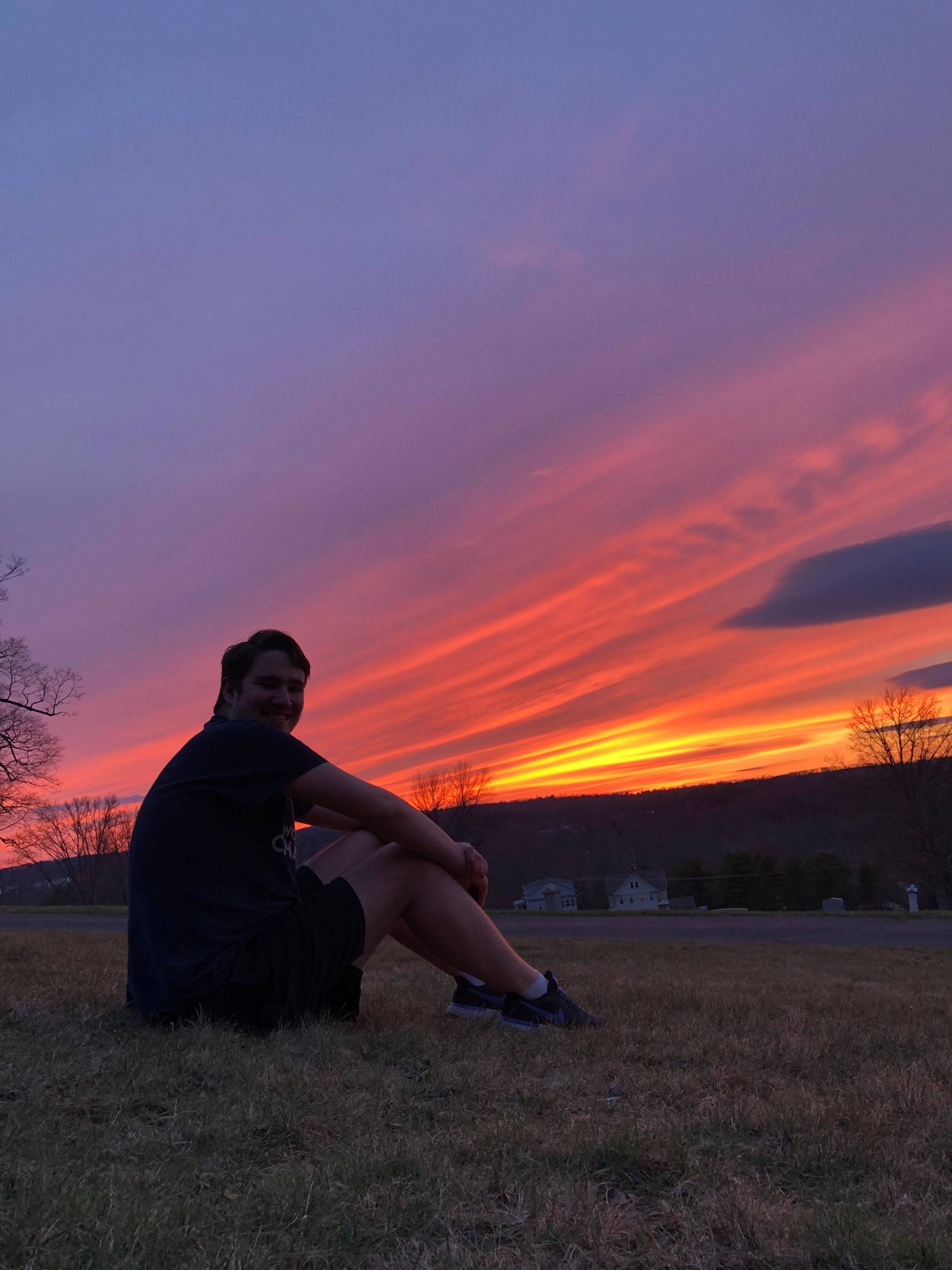Live Poster Session: Zoom Link
Abstract:
There is a significant association between religious participation as a treatment for older adults suffering from depression (Cruz et al., 2013). Also, since 1990, religious membership in the United States has decreased by around 15% (Downey, 2017). Meanwhile, depression and anxiety diagnoses have increased substantially during the same time period (Brueck, 2019). Much of the literature has been focused around religious practice as a treatment for individuals diagnosed with depression, and primarily older adults. Little to no work has been done on such practices on a younger populous or on anxiety diagnoses, or as a sort of preventative measure. Is religious membership associated with a lower prevalence of depression? What about anxiety diagnoses? Is the amount of effort or participation in religious activities associated with an even lower prevalence of depression and anxiety?
The goal of this study is to attempt to begin to answer some of these questions, and see if some of the aforementioned associations hold true. These findings suggest that the prevalence of depression and anxiety is significantly negatively associated with religious membership, and is significantly negatively associated depending on how active the individual is in said membership. However, the relationship appears to be much stronger amongst females when moderated for sex. These results could be utilized by pro-religious groups in their argument for the inclusion of religious activities in public schools, however further research is needed to determine whether the results found in this study are significantly different from an association between the prevalence of depression and anxiety and an individuals involvement in non-religious social groups such as clubs, or sports teams.
The-Association-between-Religious-Participation-and-Depression-and-Anxiety-Poster-Connor-Shaw

